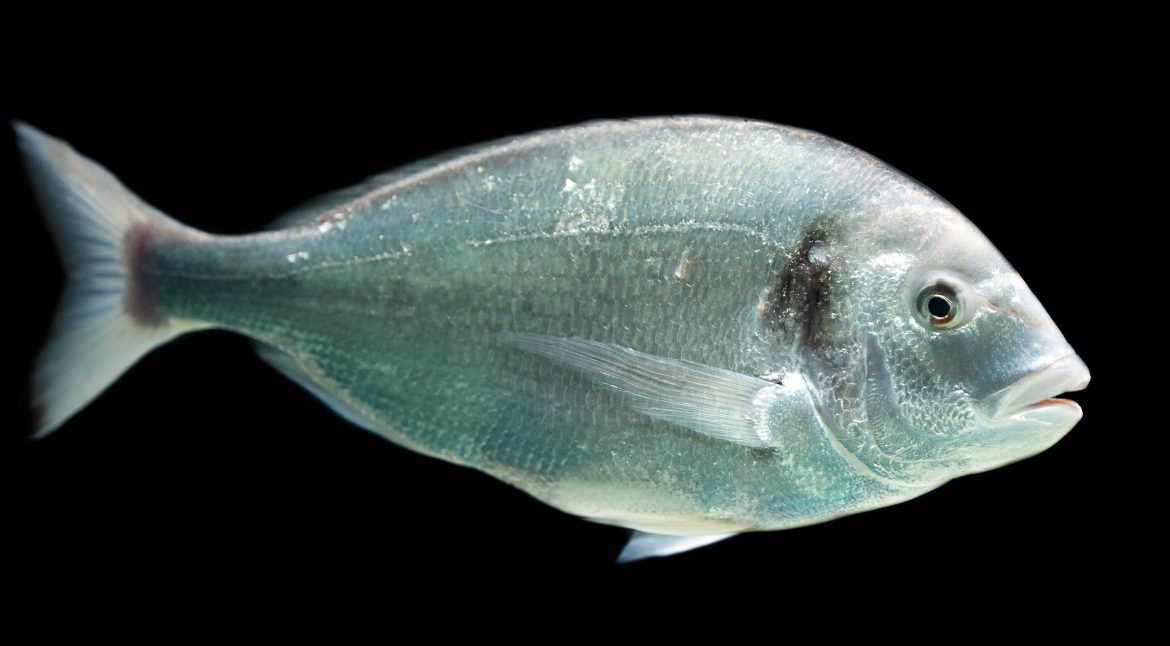In higher vertebrates, the inclusion of single or mixed spices such as capsaicin, black pepper, ginger in the diet has been proved to induce thermogenesis, fat oxidation and regulate feed intake, associated to the modulation of fat digestion and absorption through higher bile acid secretion. In addition, gut microbiota may be modulated by the diet’s ingredients as well as by endogenous bile acids and, in turn, has the potential to regulate body adiposity. Thus, the objective of this work is to study in gilthead seabream the potential modifications to growth, fat accumulation and gut bacterial communities derived by dietary supplementation with spices. Juveniles of Sparus aurata (44.1 ± 4.3 g) were fed during three months with two experimental isoproteic (44 %), isolipidic (22.6 %) and isoenergetic (21.4 MJ/kg) diets; a control diet and another diet further supplemented with a feed additive based on a mixture of Capsicum sp., black pepper, and ginger oleoresins (LUCTA, Spain) at an inclusion level of 0.1 %. DNA was extracted from the mucosa scraped from gut walls using the DNeasy PowerSoil Pro Kit. The V3-V4 16S rRNA gene library sequencing (Illumina – MiSeq) was conducted and the ASVs were classified according to Silva database.
Providing this additive to the diet improved growth performance, with fish being 2.8 % heavier than the control group. In addition, perivisceral fat decreased from 3 to 2.3 %, a reduction that was also observed in liver and intestine. As for gut microbiota, there were no significant differences among the four most abundant phyla: Firmicutes (33.9 %), Proteobacteria (27.5%), Bacteroidota (19.5%) and Actinobacteriota (4.8%), although the phylum Chloroflexi increased from 0.4% to 1.4% of relative abundance in posterior gut when supplementing the diet with spices. Differences between genera will also be discussed, especially for those with a known functional role related to regulation of body adiposity. There were also significant differences in alpha-diversity (Simpson’ s Diversity Index) in the posterior gut between the control and supplemented diet. In sum, results indicate that the addition of spicy oleoresins in diets may be useful for improving growth, reducing body adiposity and to promote gut health in gilthead seabream.

Autores: Hernández, A.R., Andree, K.B., Guivernau, M., Furones, D., Morais, S., Viñas, M., Gisbert, E.
Libro/Revista: XX International Symposium on Fish Nutrition and Feeding, Sorrento, Italy
